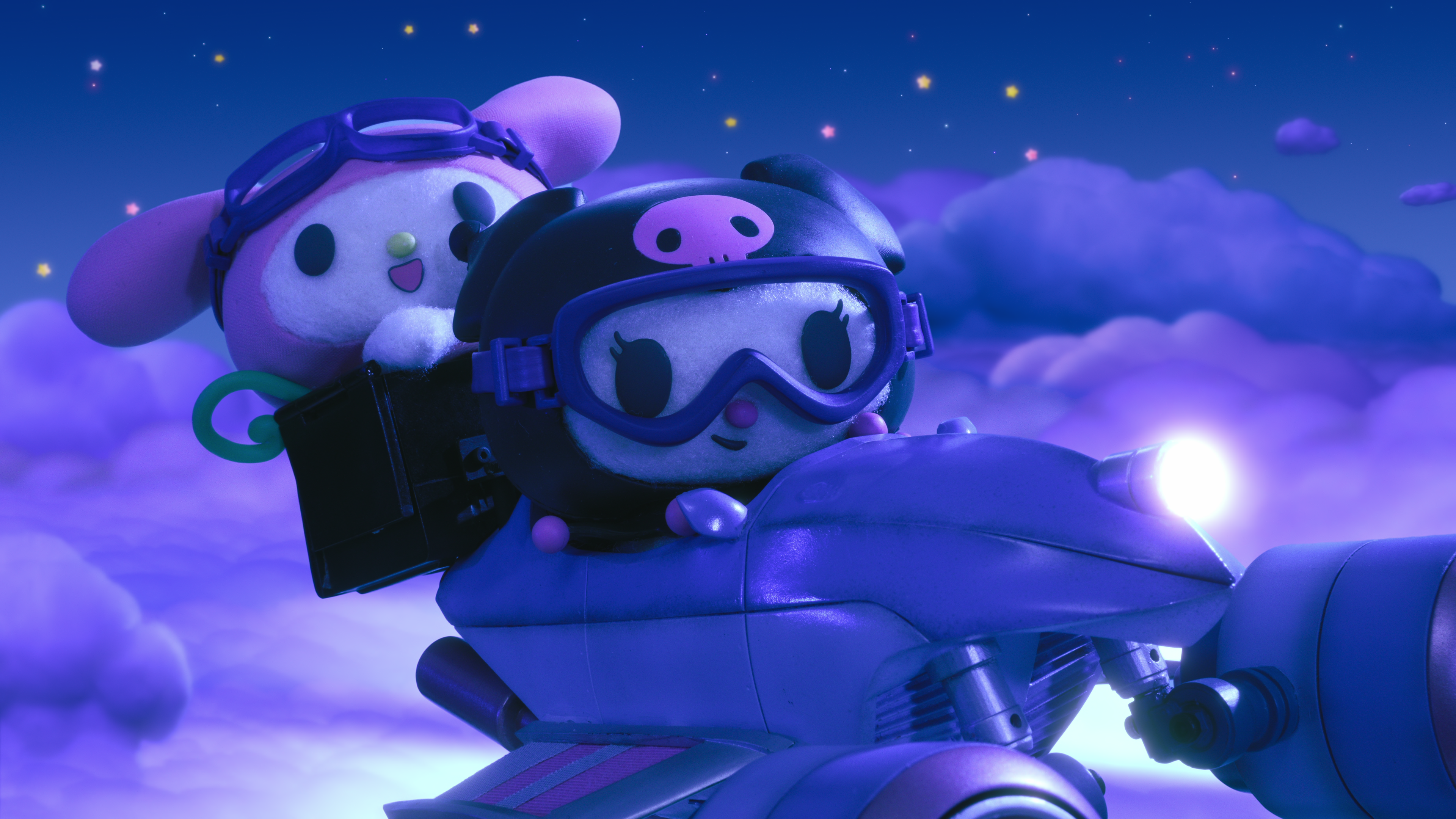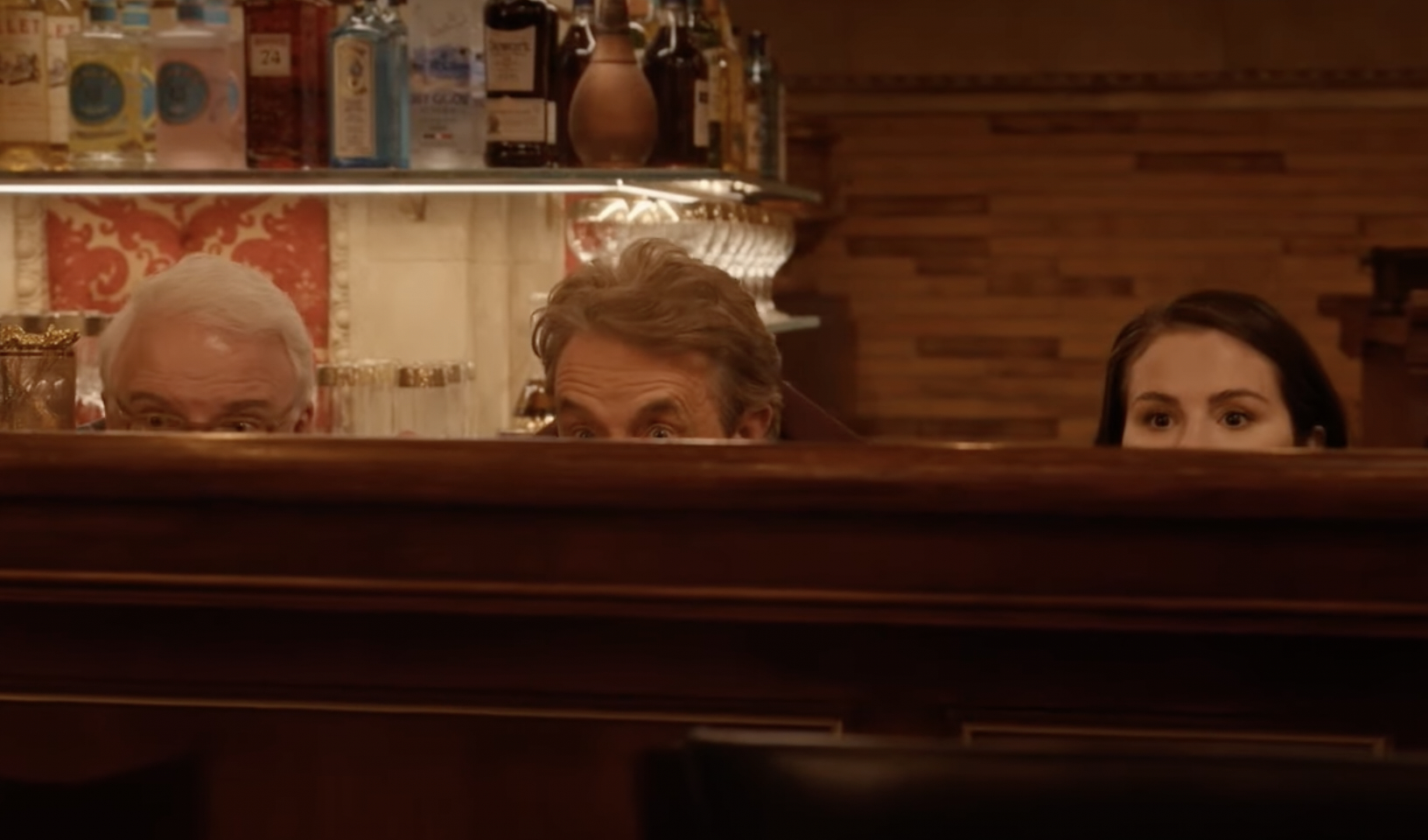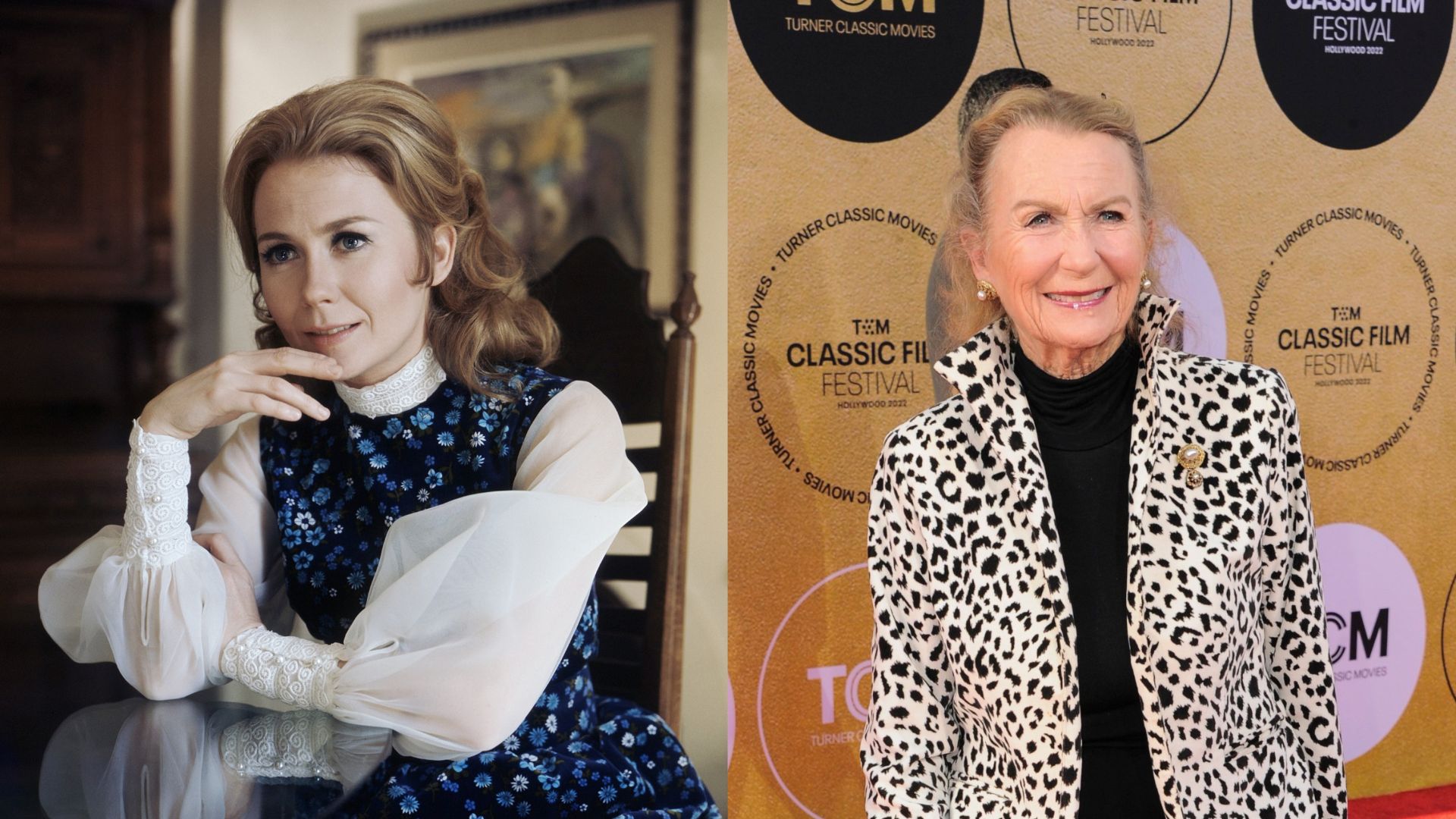When stop-motion series “My Melody & Kuromi” launched on Netflix at the end of last month, it quickly rose through the streamer’s charts until it peaked at #2 worldwide — unsurprising for a series starring kawaii juggernaut Sanrio’s best-loved duo.
But to attribute the series’ success wholly to its adorable IP is to undersell the infectious kinetic anarchy that director Tomoki Misato and his newly-founded Toruku Studio (a stop-motion offshoot of anime powerhouse WIT Studio) have brought to proceedings. A week after release, IndieWire sat down with Misato to discuss the studio’s impressive achievement in stop-motion animation.
Best known for chibi guinea-pig stop-motion series “Pui Pui Molcar,” Mistato is a young animator with a penchant for quirky, often unsettling storytelling. “As a kid, I really loved dolls and stuffed animals.” Misato told IndieWire. “The thing about stop-motion is its tactility — you can hold it in your hands, there are sensations to it. That always intrigued me.”
Misato’s interest in stop-motion crystallized when he encountered Laika’s “Coraline.” “There’s a depth to the inner world of the character and that sort of storytelling that its presentation belies,” said Misato. “It’s something that I strive for in the work that I produce.”
When it came time to make his university graduation project — cryptic short film “Look at Me Only” — he found himself gravitating toward stop-motion (“I thought that it would put me at an advantage,” he explained). The short was a success, and the domino effect of film festival selections and awards propelled the director into grad school, where he connected with Shin-ei Animation, which gave him his first TV directorial role, on ‘”Pui Pui Molcar,” as well as WIT Studio and Netflix, with whom he now teams on “My Melody & Kuromi.”
While “Pui Pui Molcar” episodes were appropriately bite-sized and self-contained, Misato envisioned “My Melody & Kuromi” with a feature film’s scope and style, despite its episodic release. “The standard style of stop-motion is to have a camera stand and film with a fixed camera, but I’m fond of Hollywood camerawork,” said Misato. “I try to incorporate that in my work — not necessarily more chaotic, but more active.”
That busy-ness is evident right from the series’ first introduction to the pastel-colored world of Mariland, where a plethora of creatures and critters animatedly go about their daily life in the background of the A-plot adventure.

“I’m always conscious not to bore my audience, and I try to keep in mind how I can maintain their attention and intrigue,” said Misato. “To maintain someone’s attention in this age is incredibly difficult. It’s said that the attention span of a human in really focusing is actually three seconds. As a child, I loved Pixar and Cartoon Network, and I picked up a rule from their works that I incorporated into my own: that no animation remains static for more than three seconds and something moves the story forward every six seconds. I want to make the audience regret it if they watch it at double speed.”
Working with so many moving parts simultaneously on a stop-motion set requires a great deal of pre-planning and thought. “I create maps that include where each character is placed within that set,” explained Misato. “Once that’s created, we go in and maneuver things within the set to see where we can put the camera and how to angle it. It’s about working with the space to establish how to replicate what we’ve envisioned in the concept art.”
The concept art in question is action-heavy, suggesting the sort of setpiece more commonplace in a CG blockbuster. “Stop-motion is a limited form of animation,” said Misato. “When it came to creating storyboards, we asked the storyboard artists to disregard the fact that we’ll have to create stop-motion out of them. That flexibility sets us apart from other productions.”
The results are spectacular — boasting car chases and aerial action that would seem, on paper, impossible to achieve in the series’ chosen medium. “To make this kind of camerawork possible, we created a new piece of equipment,” explained Misato. “Essentially, it’s a stabilizer for the camera that allows us to ever-so slightly adjust the angles and placement of the characters on the horizontal or vertical plane — and ever-so slightly adjust the height of the camera itself also.”
The new stand proved revolutionary for Misato and the team. “I achieved these kinds of angles in more makeshift ways in my graduation project and ‘Pui Pui Molcar,’” Misato said. “I’d stack DVD boxes and other random stuff to change the height and angle. Now that this stabilizer has been made, it’s given me a surplus of options for achieving dynamic angles in stop-motion and opened up a whole new world.”
A tiny bit of CG was utilized to perfect some of the most out-there stunts — the aerial flip, for example, was achieved with assistance from Shirogumi Inc., an effects house that had previously worked on Toho’s “Godzilla Minus One” — but Toruku Studio were passionate about maintaining the feel and authenticity of handcrafted stop-motion.
They were equally eager to stay true to the spirit of the characters at the center of the action. “I wanted to make sure it was convincing to audiences who love these characters. So there was a bit of pressure,” said the director. Animal characters have been at the center of his interest from the very start of his career. “If you look at social media, so many popular videos revolve around animals,” he said. “We don’t know exactly what’s going on in their heads, which allows for imaginative play. That, in turn, inspires a childlike wonder.”
Simply evoking kawaii isn’t enough for Misato. “If we created an animation where cute characters do cute things and that’s it, there’s nothing unexpected for the audience,” he said. “I find it engaging to put these characters in situations that overwhelm them, where it seems like there’s no way out. When they do find a solution, that feeling of relief is interesting to watch.”
The team of up to 20 animators produced an average of four seconds of animation a day. For scenes where many characters were in motion at once, they’d produce one second a day. Misato is unable to disclose just how long the production process lasted, but it’s evident that he’s spent a lot of time with this world.
“One of the things that excited me most about working with these characters is their setting: Mariland,” he said. “The designs are quite simple, and the challenge is to draw out their internal journeys from that simplicity. Characters like the bear and elephant whose mouths are not depicted — how do you portray the internal dialogue and emotions of these characters to the audience? I think there’s a cuteness in watching characters that are hard to read in this way struggle and strive to achieve their goals.”
Toruku Studio thought outside of the box to bridge audiences with these animals. “It’s often the way we film that suggests the changes in expression — the faces don’t necessarily change,” said Misato. “Using the tools surrounding the character to achieve that is quite analogue, but it’s an aspect of stop-motion that I find joy in.”
Working with a larger studio has been a great change for the rising animator. “We made ‘Pui Pui Molcar’ with a handful of people in a tiny room. Now we’ve transitioned to working in a much larger space with a team of around a hundred people, including external partners,” he said. “One thing that I’ve taken away from this experience is that — while stop-motion is admittedly tedious work with a slow flow to it — making that effort will ultimately create something that is otherworldly, that sets us apart from other stop-motion productions.”
Toruku Studio shares its name with the title character of “My Little Goat” — and with Misato’s own childhood plush toy, a dog character — but the team are looking ahead in their endeavors, not backward. “We’re already working on our next project,” said Misato. “The stop-motion world in Japan is quite small, and I want to work to introduce more stop-motion to Japan and the wider world. To achieve that, we’ll need to make some projects that are perhaps more commercial — but I don’t want to make projects that are released and then that’s it. I want to create works that entertain viewers and touch their hearts — works that are talked about and endure with their artistic value and meaning. Balancing that will be our next challenge.”
With thanks to Juna Shai for interpreting.
“My Melody & Kurami” is now streaming on Netflix.



